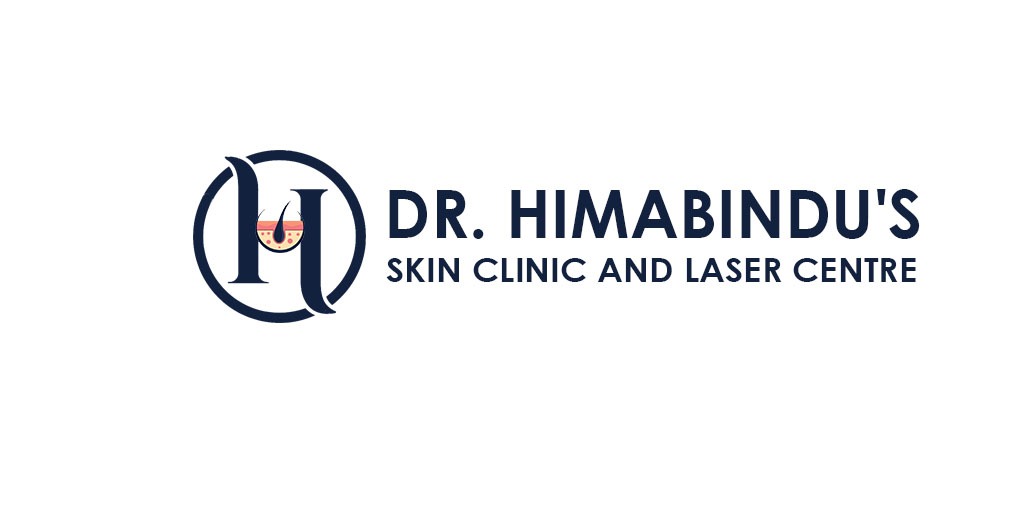Non-Surgical Facelift
Non-Surgical Facelift

Botox
Botox, short for Botulinum toxin, is a neurotoxic protein produced by the bacterium Clostridium botulinum. It is commonly used in cosmetic procedures to temporarily reduce the appearance of facial wrinkles and fine lines. Botox works by blocking nerve signals to the muscles, which temporarily relaxes them and reduces their ability to contract, thus smoothing out wrinkles and preventing further creases from forming.
Cosmetic use: Botox is commonly used to treat dynamic wrinkles, which are wrinkles that form as a result of repeated facial muscle movements, such as frown lines, forehead wrinkles, and crow’s feet around the eyes.
Procedure: Botox is administered through a series of small injections into the targeted facial muscles. The procedure is typically quick and minimally invasive, often taking less than 15 minutes.
Results: The effects of Botox are not permanent and usually last for around 3 to 6 months. Regular maintenance treatments are required to sustain the results.
Safety: Botox is generally considered safe when administered by trained and licensed medical professionals. However, like any medical procedure, it does carry some risks, and side effects can include bruising, swelling, or temporary weakness of nearby muscles.
Medical uses: Botox is also used for various medical conditions, such as treating muscle spasms, chronic migraines, and excessive sweating (hyperhidrosis).

Fillers
Fillers, also known as dermal fillers or soft tissue fillers, are a type of cosmetic injectable used to add volume and restore fullness to various areas of the face. They are commonly used to reduce the appearance of wrinkles, fine lines, and hollow areas, as well as to enhance facial contours.
Here are some key points about fillers:
Composition: Dermal fillers are made from various substances, including hyaluronic acid, calcium hydroxylapatite, poly-L-lactic acid, and polymethylmethacrylate (PMMA). Hyaluronic acid-based fillers are the most commonly used because of their safety profile and natural-looking results.
Treatment areas: Fillers can be used to address various areas of the face, including the cheeks, nasolabial folds (smile lines), lips, under-eye hollows, and jawline.
Procedure: The filler is injected directly into the targeted area using a fine needle or cannula. The process is usually quick and relatively painless, with minimal downtime.

Threads
Threads, in the context of cosmetic procedures, refer to “thread lifts” or “thread rejuvenation.” It is a non-surgical treatment that aims to lift and tighten the skin, providing a subtle, natural-looking result.
Here’s how thread lifts work:
Procedure: During a thread lift, medical-grade threads made of materials like PDO (polydioxanone) or PLLA (poly-L-lactic acid) are inserted into the skin using a fine needle or cannula. These threads have tiny barbs or cones that grip the skin and lift it when pulled.
Lifting and collagen stimulation: The threads are strategically placed to lift sagging or drooping areas of the face or neck. Additionally, the threads promote collagen production, which helps to improve the skin’s elasticity and overall appearance.
Absorption: Over time, the body gradually absorbs the threads, but the collagen stimulation they triggered can continue to provide benefits.

Fillers
Fillers, also known as dermal fillers or soft tissue fillers, are a type of cosmetic injectable used to add volume and restore fullness to various areas of the face. They are commonly used to reduce the appearance of wrinkles, fine lines, and hollow areas, as well as to enhance facial contours.
Here are some key points about fillers:
Composition: Dermal fillers are made from various substances, including hyaluronic acid, calcium hydroxylapatite, poly-L-lactic acid, and polymethylmethacrylate (PMMA). Hyaluronic acid-based fillers are the most commonly used because of their safety profile and natural-looking results.
Treatment areas: Fillers can be used to address various areas of the face, including the cheeks, nasolabial folds (smile lines), lips, under-eye hollows, and jawline.
Procedure: The filler is injected directly into the targeted area using a fine needle or cannula. The process is usually quick and relatively painless, with minimal downtime.



